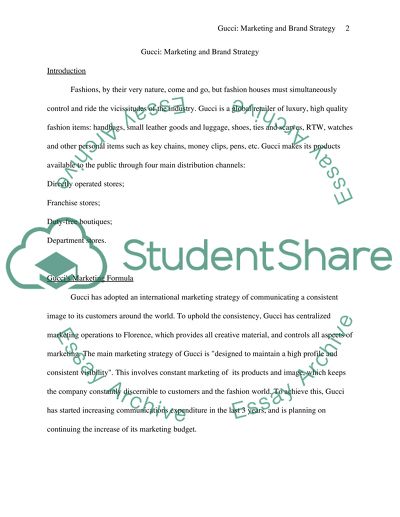Cite this document
(“Gucci examine how brand theories or models apply in practice to the Essay”, n.d.)
Gucci examine how brand theories or models apply in practice to the Essay. Retrieved from https://studentshare.org/miscellaneous/1504576-gucci-examine-how-brand-theories-or-models-apply-in-practice-to-the-organisation-assess-how-they-use-differentiated-or-undifferentiated-marketing-strategies-f
Gucci examine how brand theories or models apply in practice to the Essay. Retrieved from https://studentshare.org/miscellaneous/1504576-gucci-examine-how-brand-theories-or-models-apply-in-practice-to-the-organisation-assess-how-they-use-differentiated-or-undifferentiated-marketing-strategies-f
(Gucci Examine How Brand Theories or Models Apply in Practice to the Essay)
Gucci Examine How Brand Theories or Models Apply in Practice to the Essay. https://studentshare.org/miscellaneous/1504576-gucci-examine-how-brand-theories-or-models-apply-in-practice-to-the-organisation-assess-how-they-use-differentiated-or-undifferentiated-marketing-strategies-f.
Gucci Examine How Brand Theories or Models Apply in Practice to the Essay. https://studentshare.org/miscellaneous/1504576-gucci-examine-how-brand-theories-or-models-apply-in-practice-to-the-organisation-assess-how-they-use-differentiated-or-undifferentiated-marketing-strategies-f.
“Gucci Examine How Brand Theories or Models Apply in Practice to the Essay”, n.d. https://studentshare.org/miscellaneous/1504576-gucci-examine-how-brand-theories-or-models-apply-in-practice-to-the-organisation-assess-how-they-use-differentiated-or-undifferentiated-marketing-strategies-f.


